Choosing the perfect fireplace: 'If you get the fireplace right, the rest of the room will fall into place'
Fireplaces in richly coloured hues are all the rage, says our interiors expert Giles Kime.

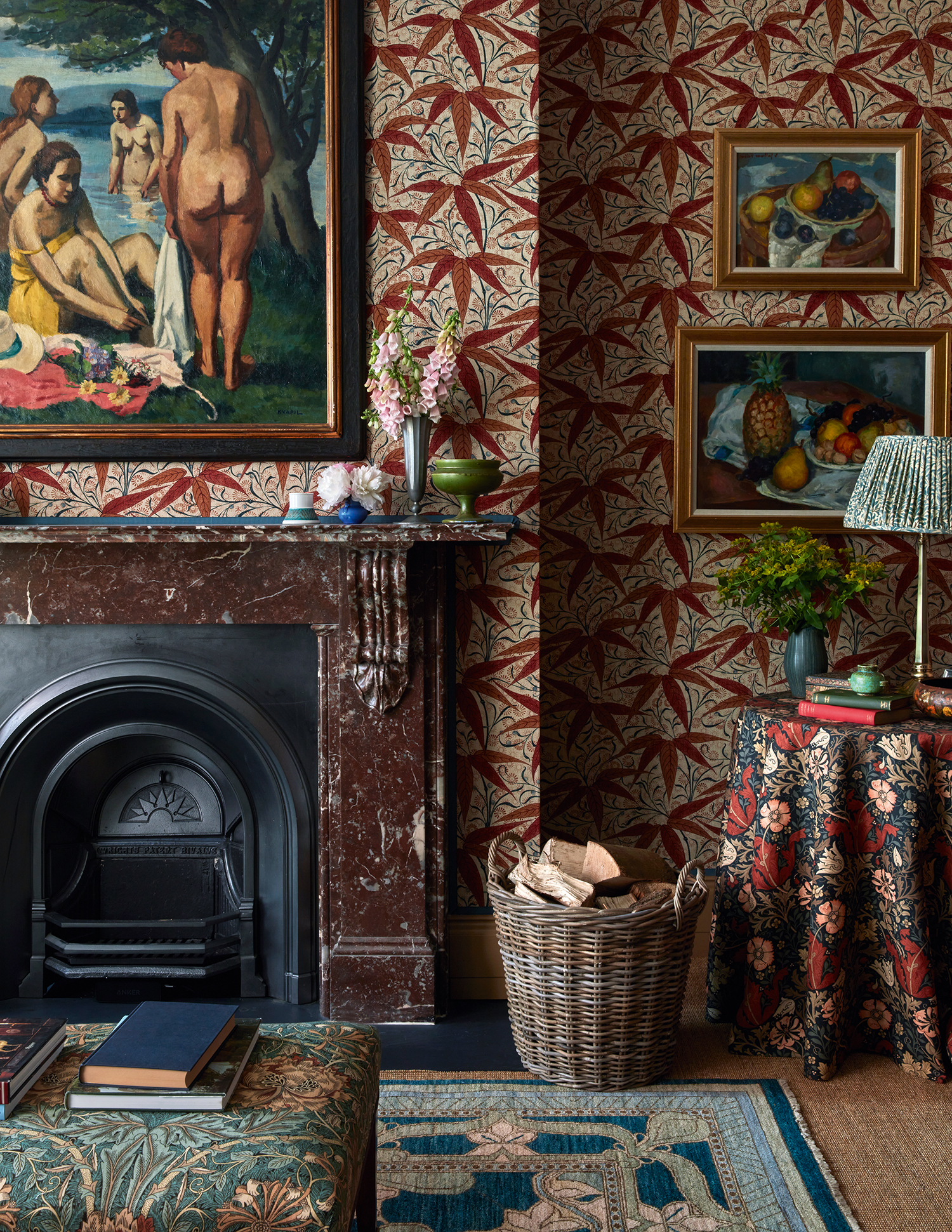
One of the many notable features of Nina Campbell’s Chelsea sitting room is a fire surround that is not only a hymn to reductivist rigour, but also boasts a gilded finish that contributes a significant chutzpah to the space. Moreover, it encapsulates two tenets of contemporary interior-design philosophy: one that, if you get the fireplace right, the rest of the room will fall into place, the other that, if you’re going to opt for simplicity, it helps if it’s married with a generous dose of luxury. In this respect, Miss Campbell’s gas-fuelled fireplace isn’t only furnished with mirrored slips, but also with a pile of crystal logs that lend it a touch of The Lion, The Witch and The Wardrobe.
In the 18th and 19th centuries, the pizzazz of an upscale fireplace tended to derive from luminous white marble, often elaborately carved and inlaid with stone in contrasting colours. In the 19th century, striking designs made from stone in a single, richer colour became popular and later, in the hands of architects of the early 20th century, such as Sir Edwin Lutyens and his Art Deco successors, the general trend was for shapes that were more elemental, and somewhat more austere.
There are plenty of those on offer at fireplace specialists, including Jamb, Westland and Renaissance London, made from marbles with delicious-sounding names, from Rosso Collemandina, Occhio di Pavone and Arabescato to Breccia Vesilia, Brocatello Francese and Medicea Superiore.
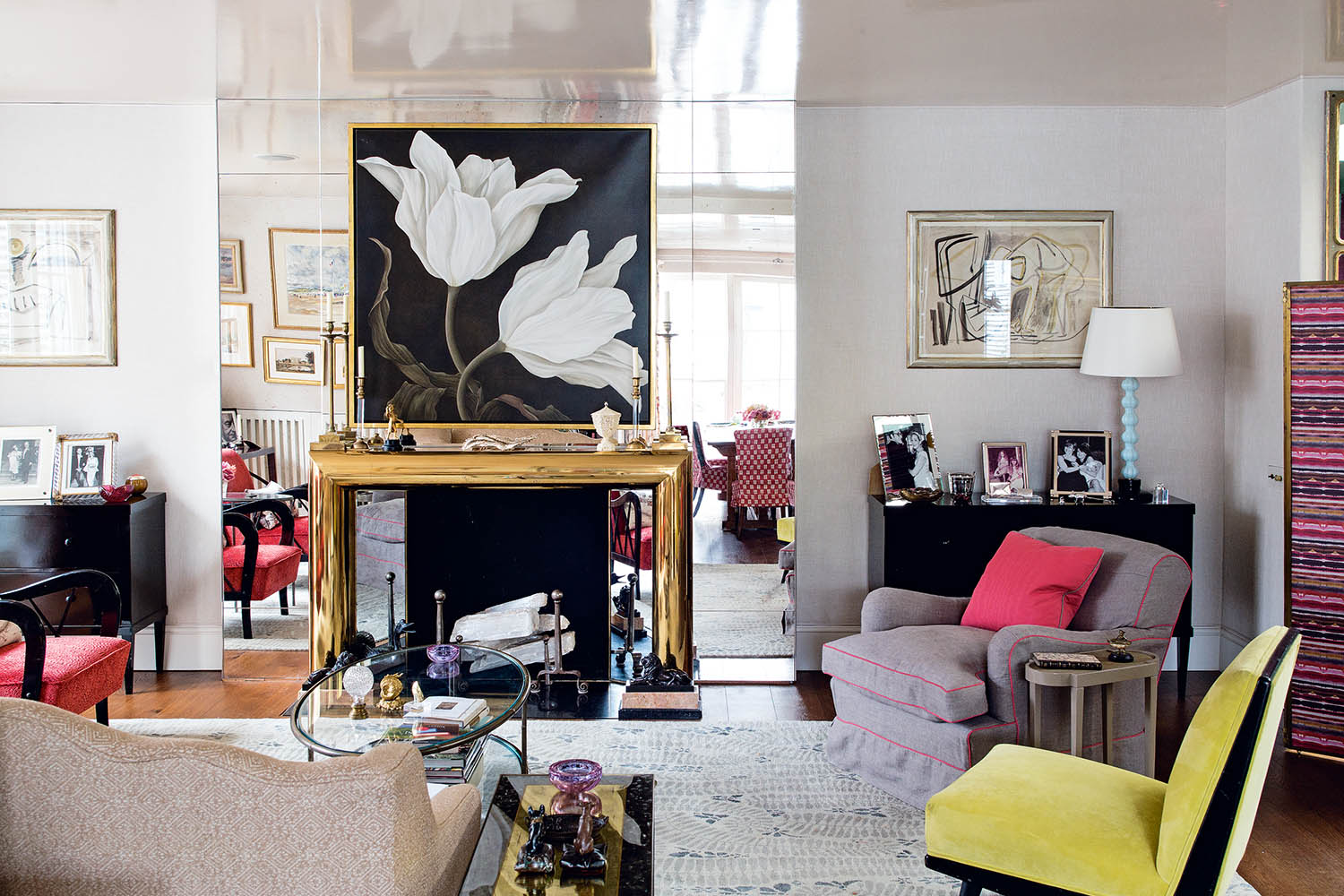
'Tastes in marble have ebbed and flowed for centuries,’ says Will Fisher, founder of Jamb, where both new and antique fireplaces are a feature of its ever-evolving stock. ‘In Renaissance Italy, there was a revival of a richer palette of colours popular in Ancient Rome. In the 18th century, the taste was for lighter shades before the return of a darker palette in the 19th century.’
He adds that, years ago, richly coloured marbles were hard to sell, but, now, they enjoy centre stage in pared-back interiors. ‘It’s remarkable how something so timeless will blend so beautifully into the most contemporary interior. What is exciting is not only the textures and hues, but that they have completely different qualities that depend on how they are cut.’
Chimneypieces in richly coloured marbles are perfectly in tune with the revival of interest in colourful, richly layered rooms, notes Laura Dadswell of fireplace specialist Westland. This point was eloquently demonstrated by the interior designer Brandon Schubert when he created a room for last summer’s Wow!House at Design Centre, Chelsea Harbour in London SW3. A 19th-century chimneypiece from Westland in a rich red marble drenched the space in atmosphere. ‘Coloured fireplaces give depth and soul to a room,’ he says. ‘I love the way that red marble works with other colours in a room.’
Owen Pacey of Renaissance London is another fireplace specialist that has seen a definite uptick in the demand for fireplaces that combine simple shapes, such as bolection and Art Deco-style designs, with rich colours, including Arabescato green, Breccia Vesilia and Brocatello Francese in warm pink tones. ‘My advice,’ he says, ‘is to build your colour scheme around a statement fireplace in order to make it a focal point’.
Exquisite houses, the beauty of Nature, and how to get the most from your life, straight to your inbox.
Another fireplace specialist responding to the demand for a greater range of colours and textures is Chesneys, which recently launched a range of fire surrounds made in British stone, including Ball Eye Blue, Ashburton marble and Yorkshire Swaledale.
Where to buy an antique fireplace
Chesneys 020–7627 1410; www.chesneys.co.uk
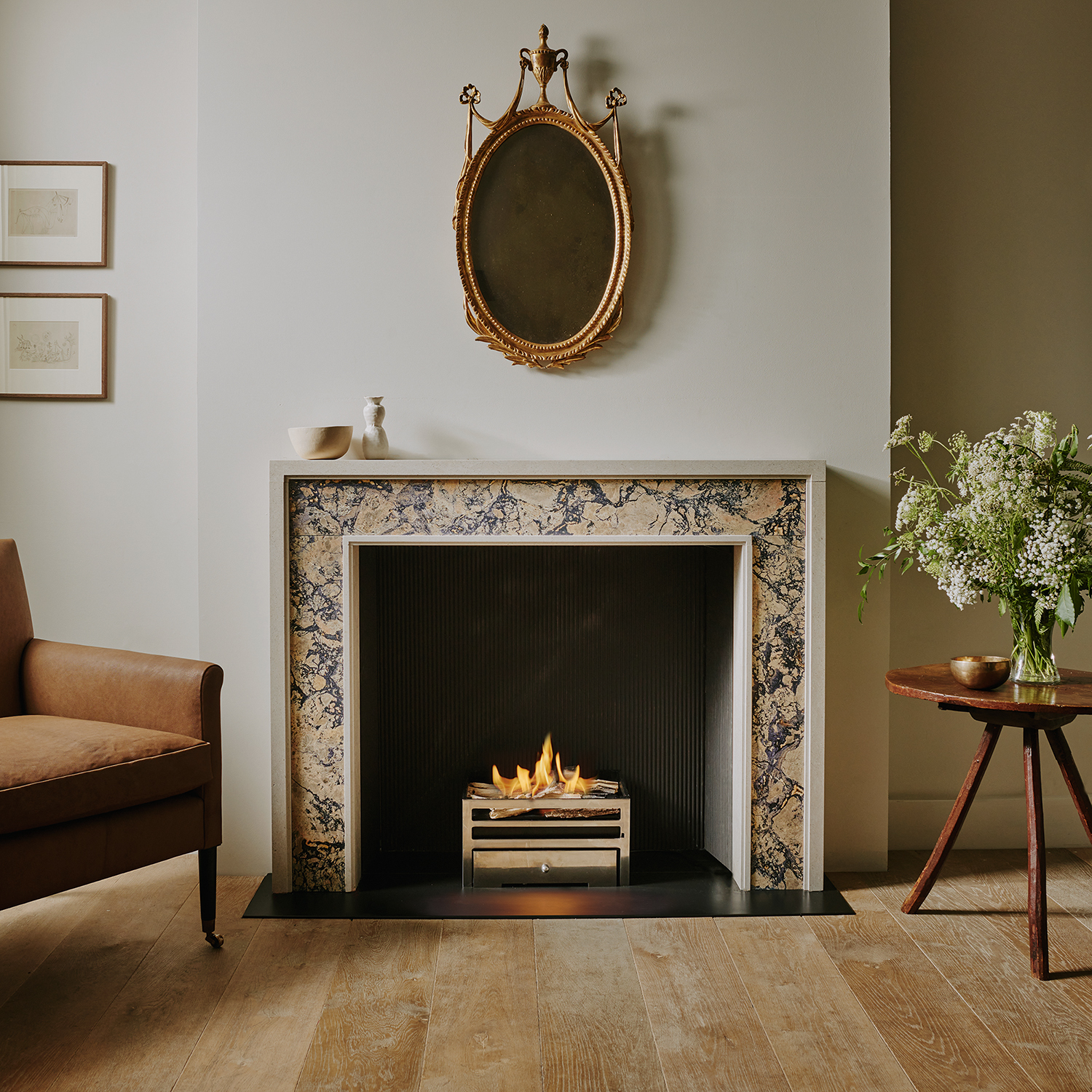
Jamb 020–7730 2122; www.jamb.co.uk
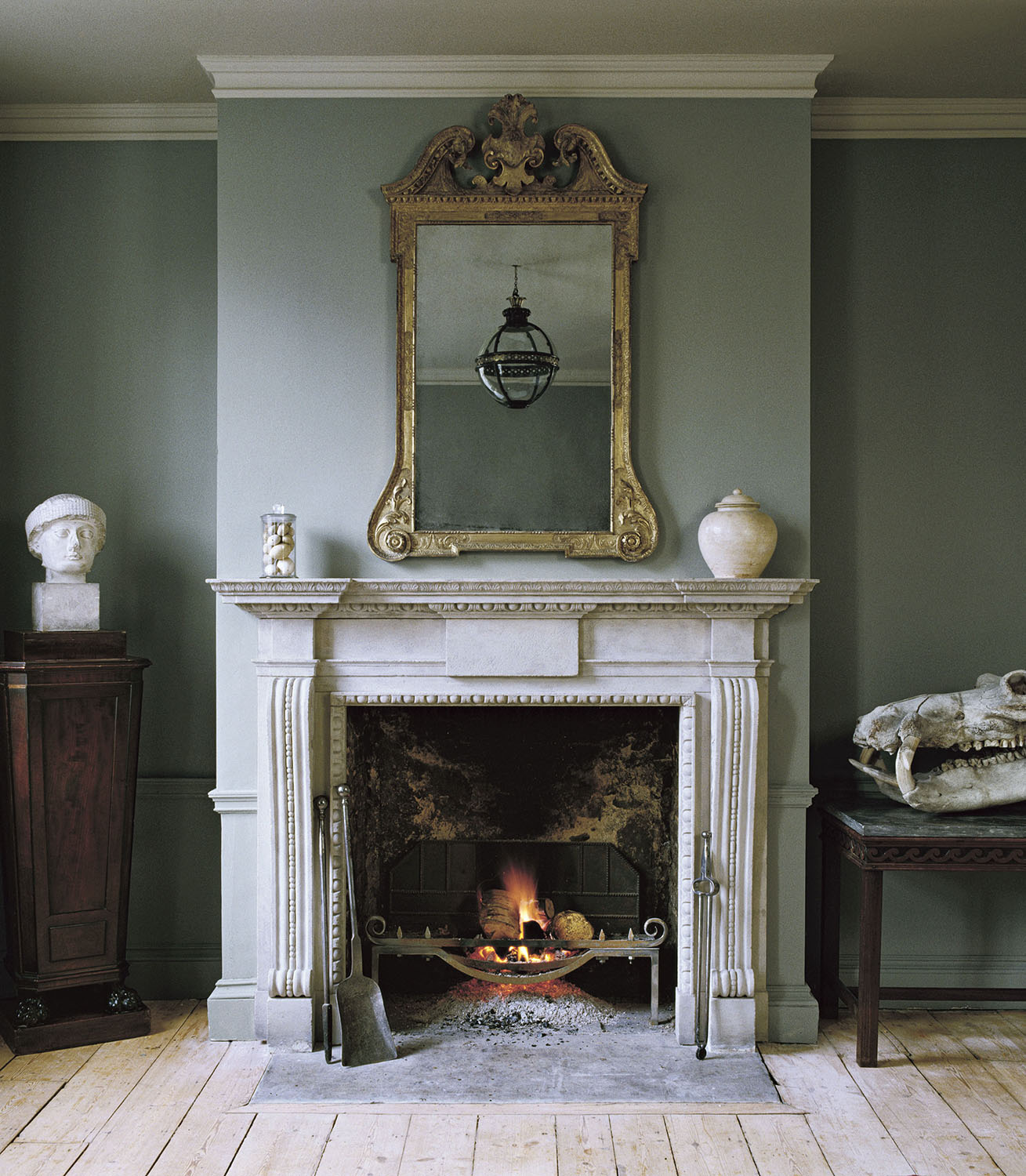
Renaissance London 020–7251 8844; www.renaissancelondon.com

Westland 020–7739 8094; www.westlandlondon.com

After the Antique 01366 327210; www.aftertheantique.com

Open fires v wood-burning stoves: The grate debate
Wood-burning stove or open fire? Arabella Youens examines the pros and cons of both options.
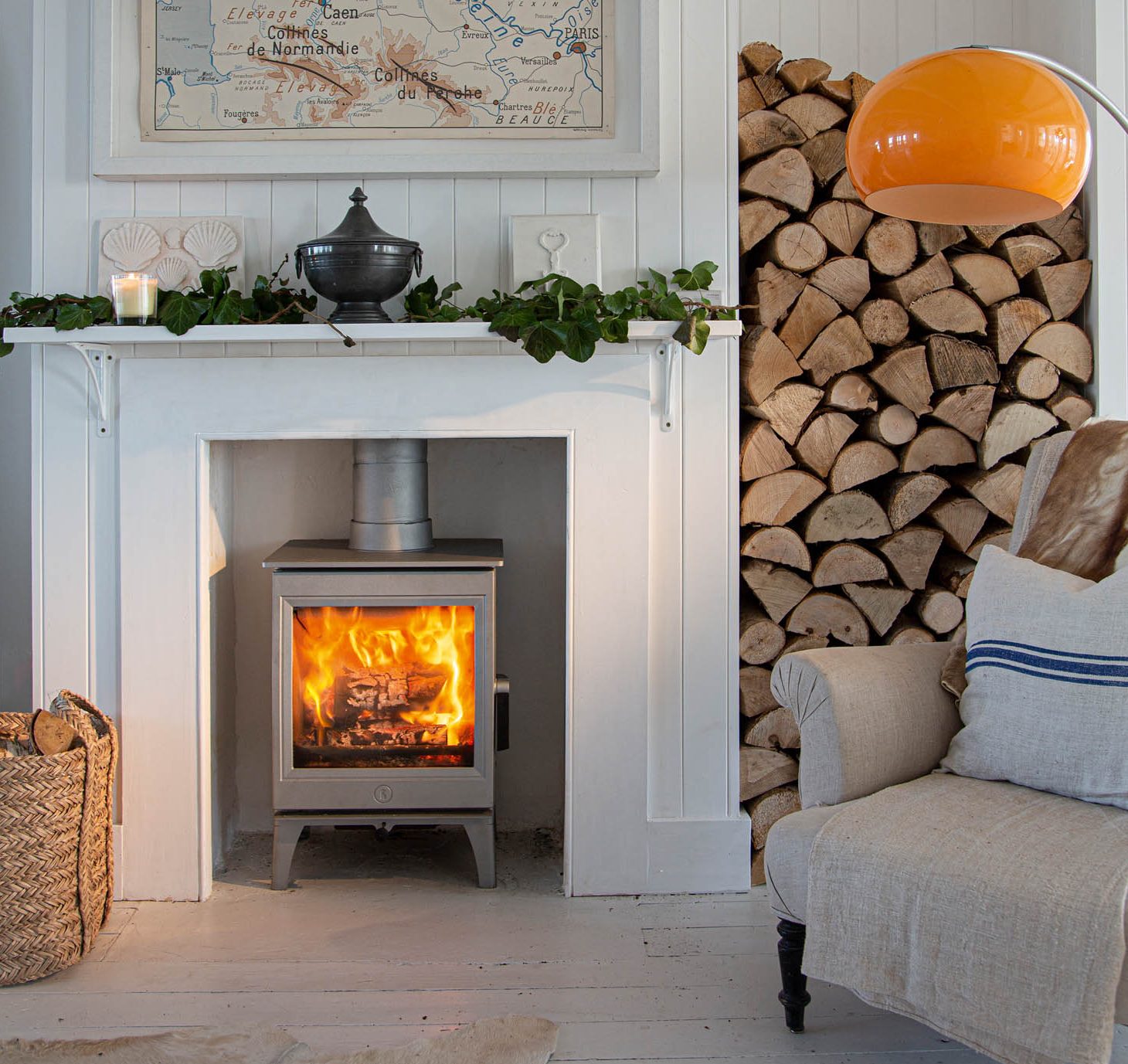
More heat, less fuel: How modern tech has lit up a new era of log-burning stoves
It’s not only the energy crisis that is creating unprecedented demand for log-burners: clean-burn technology, app-based controls and new designs
